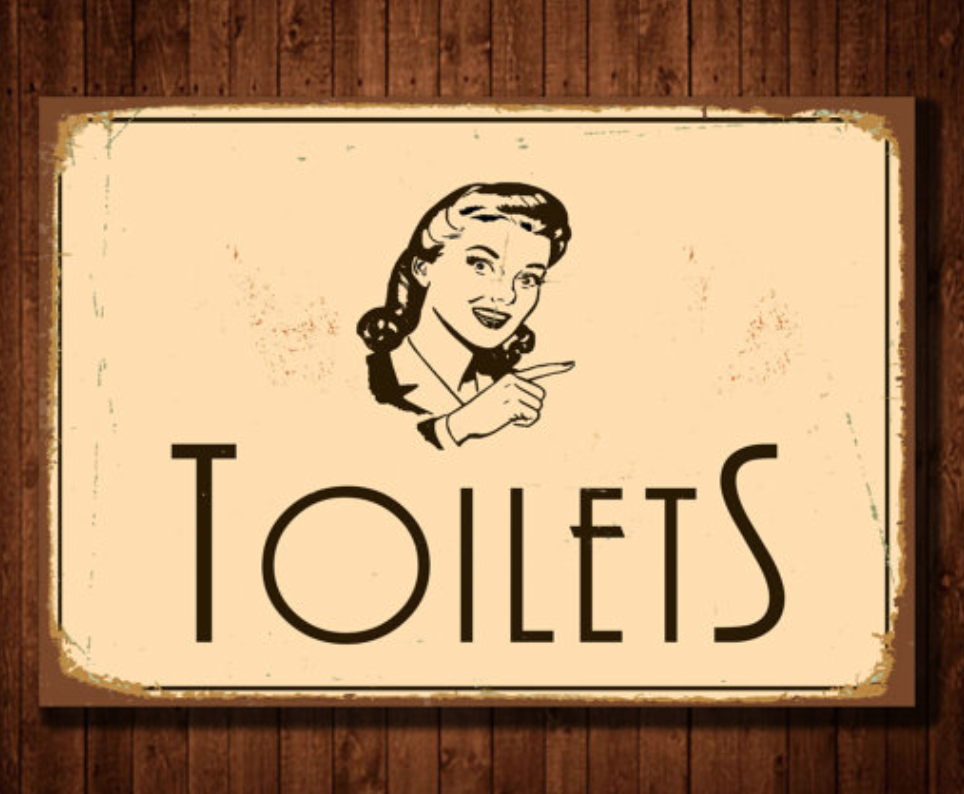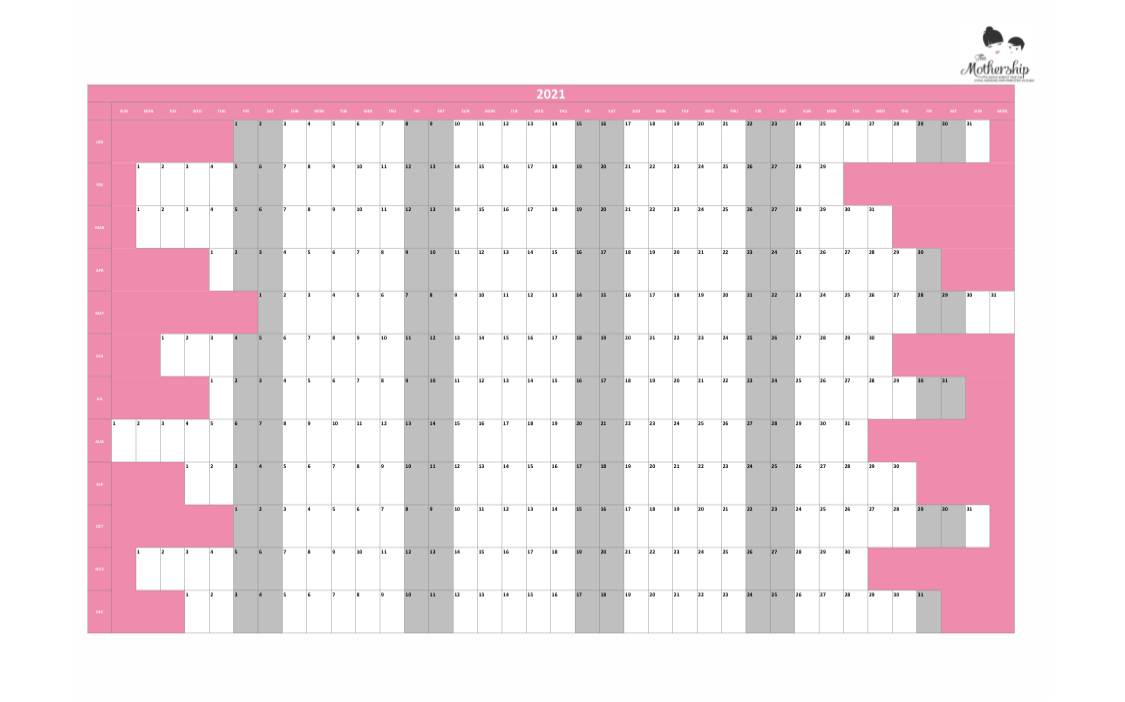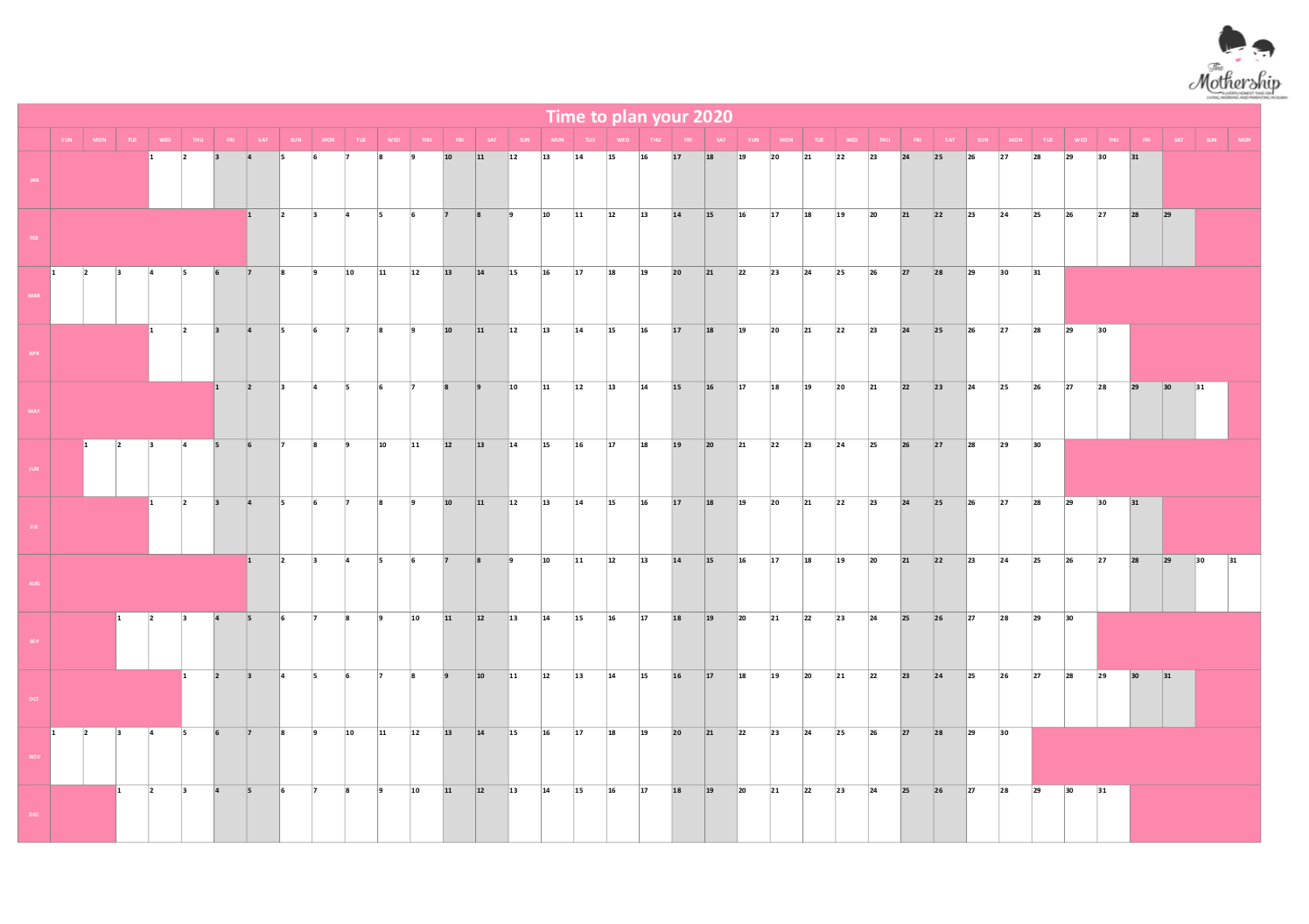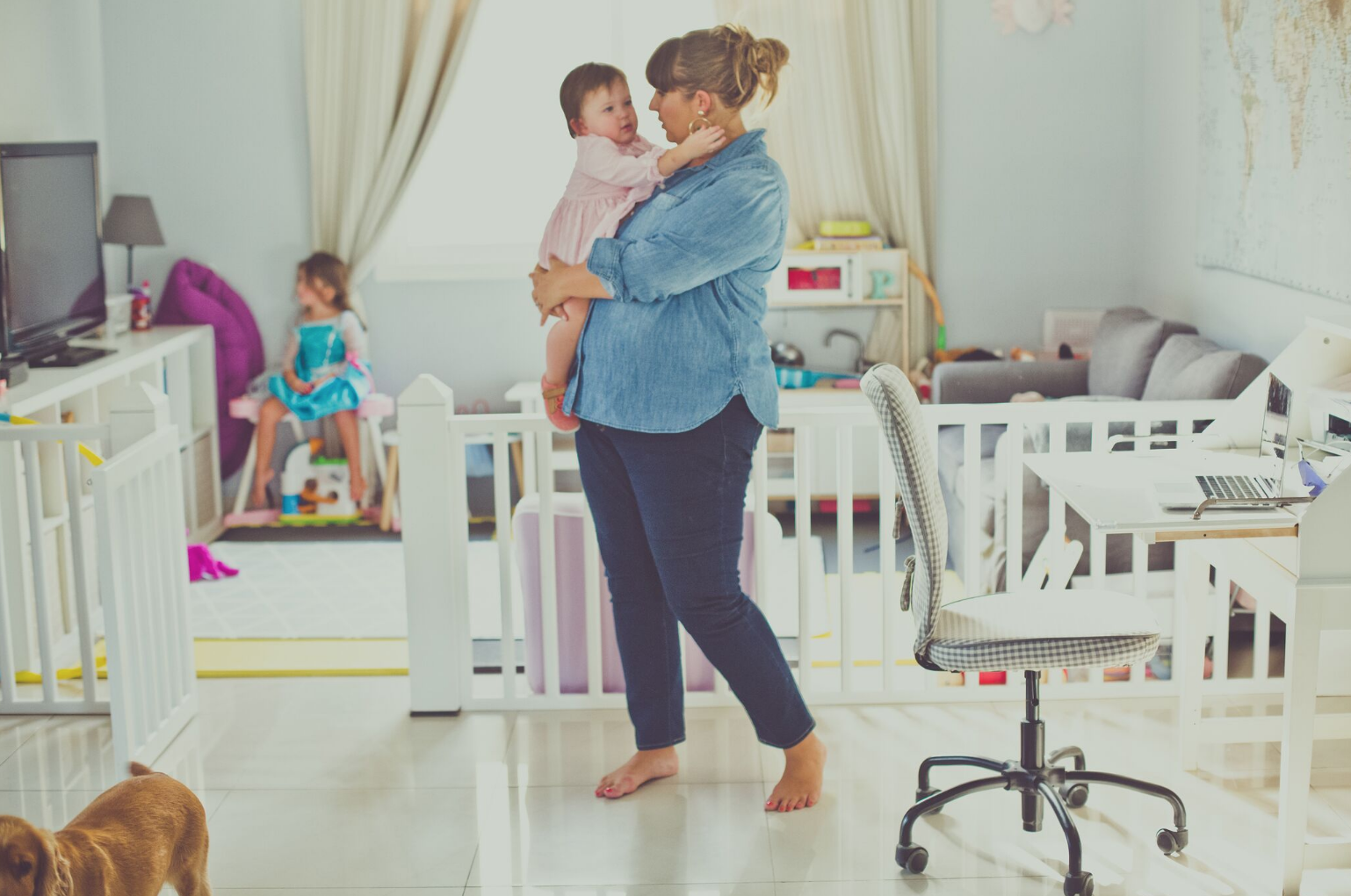Oops I did it again – the truth about postpartum incontinence
September 3, 2017
During my first pregnancy we attended a couples’ class for hypnobirthing and yoga for birth, where there was much talk of perineum massage (no, it’s not available at SensAsia Spa), and the pelvic floor.
One couple, who I’d describe as a bit ‘knit-your-own-yoghurt’ told the class that they’d bought a special gadget from Amazon – you can buy bloody everything there – that stretched out the pelvic floor, then re-trained it back to honeymoon freshness after delivery. They also recommended almond oil for the perineum massages that they were doing daily, together. I can still feel my husband’s shoulders shaking next to me as he suppressed giggles.
Well, they’re the ones that are laughing now. And I bet the wife doesn’t leak wee as she guffaws, safe in the knowledge that she is in possession of Olympian vaginal muscles.
The rest of us? Well, we know we were supposed to do Kegels during and after pregnancy, and vow to squeeeeeeeze whenever we were stuck at a red light, or waiting for the kettle to boil, but life just gets in the way. And who can blame us, when there’s a mewling newborn rooting around for boob or bottle at all hours? Survival is a priority as a new mother. Elasticity of your undercarriage isn’t.
During my last pregnancy I saw Renee Knowles at Up & Running about some lower back pain, and she said that after giving birth I should come back for a pelvic floor check-up. Surely she meant she’d give me a quick pat down outside my leggings? No, one of the services offered is definitely more internal, and as a women’s specialist who deals with everything from recovery from tearing to sexual function, the aches and pains we all get to clinical Pilates, I knew she’d be safe hands.
I’m thankful that apart from one incident in a mall carpark when pregnant when I was choking on a lemon sherbert and thought I was going to simultaneously die and wet myself, I have been pretty blessed in that department, but was still nervous about the examination. Now, I’m not bragging here (okay, I am a little), but Renee gave me a 4/5, and I’m tempted to put that on my CV.
However, many MANY women do suffer from difficulties both after giving birth, and as a part of ageing, so I decided to ask Renee some of the questions that might be on your mind. Brace your bits, ladies…

What are some of the major signs of a weak pelvic floor and the supporting muscles?
Common symptoms include increased urinary urgency and frequency, which can also come with urgency and/or stress incontinence episodes. It is rare, but some women can experience a loss of faecal control if certain muscles and the anal sphincter have been affected. Often women can also experience low back pain and/or pelvic pain. This pain can also coincide with heavy or dragging sensations that may occur in the lower back or abdomen, if there is descent of the pelvic organs. Sometimes the pelvic floor muscles can be weak, tight or overactive, but can also elicit pain on sexual intercourse due to active trigger points. Whatever the symptoms you may have, it is important to see a Women’s Health Physiotherapist if you are concerned.
Why do you think so many women ignore their symptoms or avoid treatment?
Firstly, I want to reassure women that research has shown that 1 in 3 will experience some form of urinary incontinence post-partum, therefore you are not alone at all. Often women find the symptoms embarrassing or they just simply don’t have the time as a new mother to see a professional.
It is quite common for pelvic floor weakness to take its time to become symptomatic though, and therefore women don’t realise that they may have a silent issue developing and may have symptoms down the line. The NICE guidelines have established that conservative therapy with pelvic floor muscle training should be offered to women during their first pregnancy and post-partum, as prevention and treatment.
What problems can you treat?
Myself and Neasa Barry make up the team in the Women’s Health Physiotherapy service at UPANDRUNNING. We treat a wide range of symptoms that women may experience:
Urogynae:
- Urinary urgency/frequency (Overactive Bladder Syndrome)
- Urinary incontinence (stress or urge)
- Faecal incontinence
- Sexual or pelvic/vulval pain
- Pelvic organ prolapse
- Other pelvic pain, vulvodynia, vaginismus (often associated with sexual pain)
- Recovery post perineal trauma during delivery – scaring, pelvic floor weakness etc.
Obstetric (ante or post natal):
- Spinal and pelvic pain – sacroiliac joint dysfunction, symphysis pubis dysfunction (SPD)
- Sciatica
- Rib pain
- Shoulder, arm and wrist pains
- Recovery post Caesarean delivery
- Rectus Abdominis Diastasis (separation of the tummy muscles)
We treat other associated musculoskeletal injury also that may arise during or postnatal e.g. knee pain, shoulder pain etc. Our Physiotherapy team along with our wonderful osteopaths and chiropractor at UPANDRUNNING are also qualified to see women with musculoskeletal pains. We have family and sports medicine doctors, and nurses in clinic, along with a strength and conditioning team. Ante and postnatal massage is a great adjunct also with Louisa Grosvenor, our qualified massage therapist.
What treatments do you offer?
We can provide manual therapy and rehabilitation for back/neck/pelvic pain (PGP/SPD)/sciatica/carpal tunnel syndrome, dry needling, pregnancy and postnatal massage, Clinical Pilates, preparation for labour, abdominal re-training following C-section or Rectus Abdominis Diastasis, pelvic floor re-training, bladder retraining for overactive bladder, internal manual therapy, and rehabilitation post hysterectomy and other pelvic floor surgery. Guidance for return to sport and exercise is also included within this, along side our running assessment and strength and conditioning team.
What does a pelvic floor examination involve?
A women’s health internal examination is a helpful part of the treatment process and will allow full assessment of your pelvic floor symptoms and concerns. It will allow the physiotherapist to assess your pelvic floor region, ensure that you are correctly performing a pelvic floor muscle contraction, and also provide a guide to your treatment programme.
If you consent, a vaginal examination will take place in a private treatment area where your privacy will be fully maintained. The examination will involve:
- Observational check of your pelvic region
- An abdominal and neurological screen
- Internal examination of the pelvic floor (vaginal and/or back passage)
- Contraction of the pelvic floor muscles and assessment of how they maintain this contraction when you cough.
- Further muscle and soft tissue analysis
You may opt out of the examination and assessment at any point. After the assessment your physiotherapist will explain their examination findings, formulate a specific treatment plan, and ensure your full understanding to achieve a successful outcome.
It is very important that you inform your physiotherapist if any of the following apply:
- You may be pregnant
- You have had a baby recently or have had recent pelvic surgery
- You currently have any vaginal infection
- You have recently received radiotherapy
- You have an allergy to latex or any gels
- Your cultural/religious beliefs do not allow this type of examination
- If you have ever seen your doctor with a complaint of pelvic pain or other problems around the pelvic area
- You are menstruating
If you would prefer a chaperone to be present for your examination please inform the reception when you book the appointment so this can be arranged. If you have any questions or concerns regarding this examination please speak to your physiotherapist who will be happy to discuss any issues with you. Email whphysio@upandrunningdubai.com if you have any questions.
When do you recommend women have one?
After your 6-week check with your obstetrician, we can then assess the pelvic floor function also. However, if you have concerns before that stage, or you are in pain we are happy to see you. Women’s Health Physiotherapists will often perform an internal examination every 4-6 weeks, to check that your muscles internally are getting stronger and doing their job properly again. It may be more than that if we have other muscle concerns, scaring or trigger points that are causing pain and dysfunction in the muscle system.
What exercises can we be doing to treat existing issues or preventing future problems?
There are many forms of exercise you can do before and during pregnancy to help prevent and treat musculoskeletal pain, and pelvic floor dysfunction. Firstly, Pilates-based exercise, continuing cardiovascular activity and specific strength exercise that your body is used to is advised. Pregnancy can feel like a marathon at times so the fitter you are before pregnancy, the better you may generally feel during pregnancy and afterwards.
There are now sound guidelines that support exercise during pregnancy (e.g. The Royal College of Obstetricians and Gynaecologists and Sports Medicine Australia). Women must ensure they have been cleared to exercise, and a physiotherapist or trainer with specific qualifications in exercise in pregnancy can help guide you.
Looking after your pelvic floor muscles is essential to help prevent leakage from the bladder and bowel ante and postnatal, to help safeguard from prolapse and may improve your sexual function. It is quite important to know that you are doing these correctly and that they are actually appropriate for you. NICE guidelines advise that women should trial supervised pelvic floor muscle training of at least 3-month duration as first line treatment to women with stress or mixed urinary incontinence (NICE guidelines – Management of UIC in women, 2015).
Can you explain exactly what it feels like to do them to make these techniques effective?
An effective pelvic floor contraction should feel as if you are stopping wind and then urination. It should be a squeezing together movement and then a lift forwards and upwards at the same time. Visualisation can be very helpful here. For example, small marbles squeezing and lifting in the openings, visualising a lift going up, or holding in a tampon. Often you will feel the lower abdominal wall of muscle coming into the contraction at the end also.
Pelvic floor muscle exercise, or Kegel’s, include endurance based holding and also faster contractions due to the ratio of slow twitch and fast twitch muscle fibres e.g 10 x 10 second holds with and 10 x on and off. It is integral that you don’t just brace your abdominals, buttocks and inner thighs, and ensure you keep breathing. Learning to activate the muscles before coughing, sneezing, and lifting in functional day to day activities is very important for functional carryover.
On the other end of the spectrum, sometimes pelvic floor exercises may not be what you need and can make symptoms worse – e.g. for overactive pelvic floor muscles. So if you are not sure and symptoms are not improving, input from a Women’s Health Specialist Physio will be beneficial.
Are there any forms of exercise that you recommend post-partum (and any to avoid)?
The first thing to understand postpartum is what your body has been through. Hormones and the growth of your baby has affected a lot of the soft tissues and therefore how your joints function. This can have a significant effect on the stability system of the body.
For the first 6 weeks, take it easy, let your body heal, and the soft tissue recoil without overloading it. Avoid heavy lifting for the first 6 weeks. Pelvic floor and transversus abdominis muscle activations as above and with pelvic tilting in different positions is a nice starting point. Walking for cardio with gentle progressions then moving onto other non-impact cardio e.g cycling, cross trainer from 6-8 weeks. No oblique or front abdominal exercises should be performed until you have a good deep transversus abdominis activation.
Rectus abdominis diastasis can occur in up to 80% of women in the third trimester. It is therefore very important to avoid sit-ups, planks and heavy loaded exercise or running/impact work until it is almost closed. Research has shown that there is a strong correlation between abdominal muscle weakness, rectus abdominis diastasis and pelvic floor dysfunction/incontinence.
Return to impact exercise is often the most common topic women are concerned about. Some of the hormones that influence soft tissue laxity during pregnancy can remain in the body until 6 months after you stop breastfeeding. Therefore, the effects and vulnerability to the pelvic floor can continue up until this point. Research is now saying to avoid any impact exercise for the first 6 months at least post-partum.
So there you have it – the ins and outs (pun intended) of your pelvic floor, and what you can do to get it fighting fit after pushing out a small human. On a personal note, Renee is really lovely, and does examinations ALL THE TIME so don’t be embarrassed about asking her the questions that have been nagging at you. If something doesn’t feel right, or you just want peace of mind, make an appointment. Call 04 518 5400 or visit https://upandrunningdubai.com for more information. And I’m happy to report that my appointments were covered by insurance. Go forth and squeeeeeeeze.











